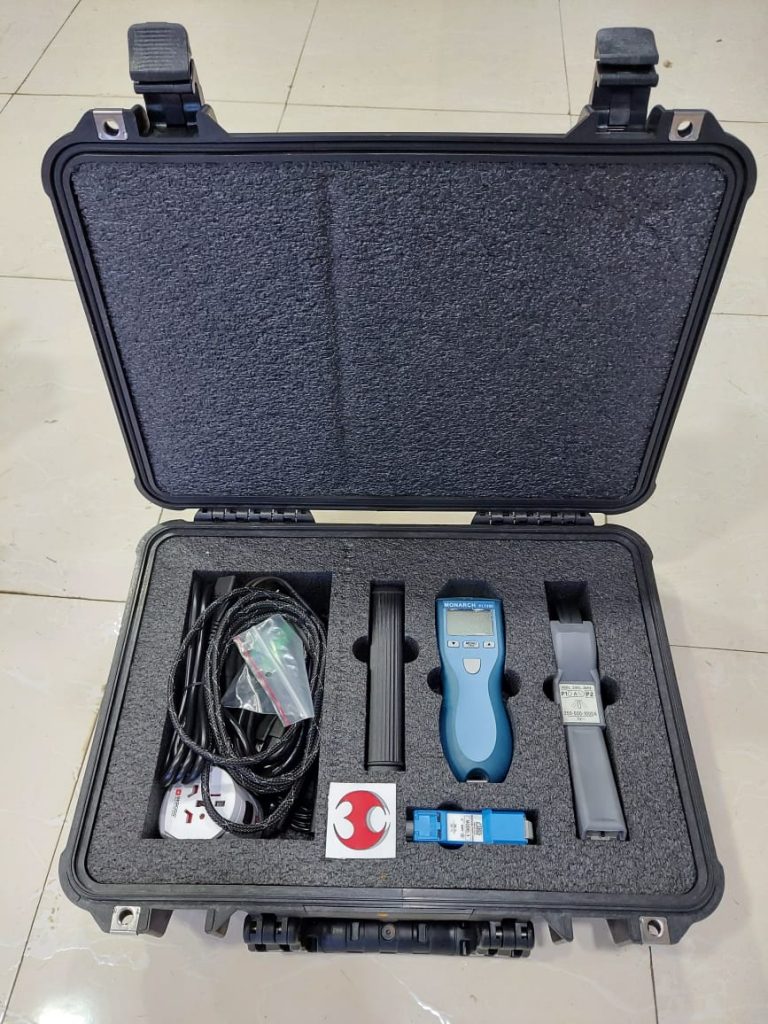Motor Current Signature Analysis (MCSA)
Motor Current Signature Analysis (MCSA) is a condition monitoring technique used to diagnose problems in large & Extra Large, HT & LT induction motors.
MCSA is used as predictive maintenance tool for detecting common motor faults at early stage and as such prevent expensive catastrophic failures, production outages and extend motor lifetime. It can be used as a diagnostic tool and powerful addition to vibration and thermal monitoring.
MCSA is monitoring supply current of the motor. Motor stator windings are used as a transducer in MCSA, picking the signals, induced currents, from the rotor.
Motor current is sensed by a Current Sensor (CT) with resistive shunt across its output, and recorded in the time domain. The picked current signal is then led to a MCSA instrument.
 Faults in motor components produce corresponding anomalies in a magnetic field and change the mutual and self-inductance of motor that appear in motor supply current spectrum as sidebands around line frequency. Based on fault signatures motor faults can be identified and its severity accessed.
Faults in motor components produce corresponding anomalies in a magnetic field and change the mutual and self-inductance of motor that appear in motor supply current spectrum as sidebands around line frequency. Based on fault signatures motor faults can be identified and its severity accessed.
The frequency range of interest in MCSA is typically 0-5 kHz. This, according to a Nyquist theorem, requires a sample rate of at least 10000 samples per second. During the test, the motor should be run at loading greater than 70%.
FAULTS THAT CAN BE DETECTED WITH MCSA
- Static and/or dynamic air-gap irregularities.
- Broken rotor bar or Cracked rotor end-rings.
- Stator faults (open-circuited coil or Inter-turn Short in a coil or more coils in a stator winding)
- Abnormal connection of the stator windings.
- Shaft bow (similar to dynamic eccentricity) which can result in a rub between the rotor and stator, causing serious damage to stator core and windings.
Primary causes of broken bars are direct online starting duty cycles (with fivefold the full load bar currents) and pulsating mechanics loads (like reciprocating machinery)




